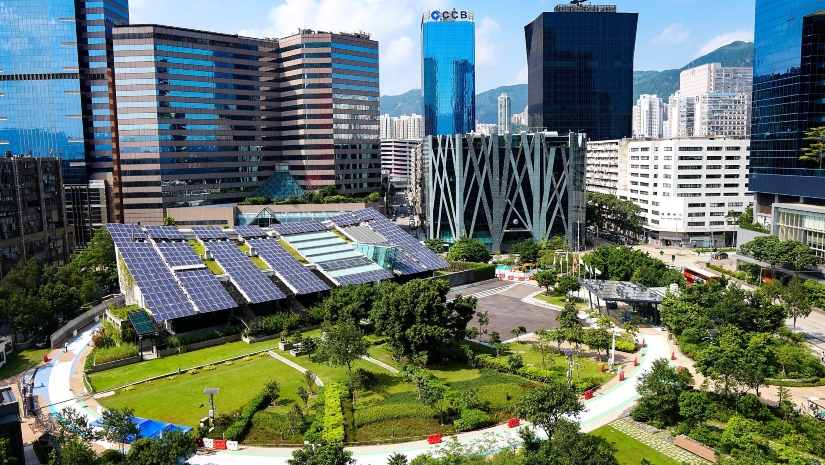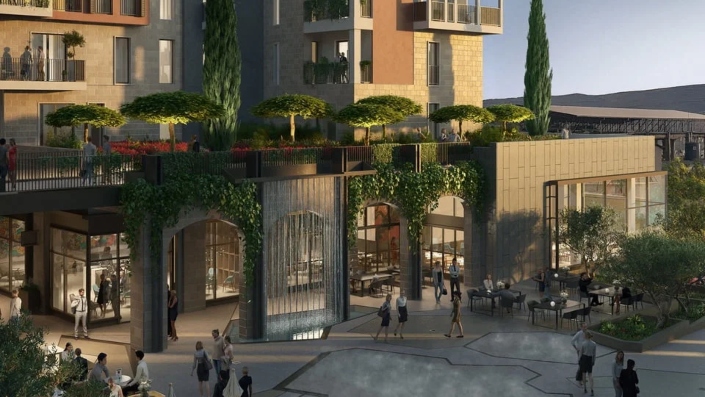Porto Montenegro, located on the Adriatic coast, is an example of luxury real estate in the Adriatics with sustainability at its heart.
This nautical village is designed to integrate seamlessly with the surrounding natural environment, featuring energy-efficient systems, eco-friendly materials, and green spaces.
The community also promotes water conservation and waste reduction.
Porto Montenegro exemplifies how eco-luxury homes can redefine high-end living with its signature neighbourhoods, such as Boka Place, South Village, and Vero & Versa Residences.
Boka Place, for example, is a wellness-forward community, designed with open-plan layouts and botanical gardens to maximise natural light, airflow, and connection to nature.
Landscaped pathways lined with native plants and dedicated recreation spaces further enrich this environmentally aware lifestyle, all seamlessly connected through smart technology integrated across the entire complex.
The Boka Residences feature breathtaking sea views and large glazed facades, promoting sustainable architecture, while SIRO Residences offer a blend of wellness, elegance, and community, designed to inspire balance and elevate lifestyle.
South Village celebrates Mediterranean-inspired architecture, blending cultural heritage with eco-conscious design and luxury. The Vero & Versa Residences, situated between Boka Place and Synchro Yards, combine modern urban living with eco-smart design, making them an ideal choice for modern explorers and investors.
Porto Montenegro is an excellent example of a luxury lifestyle that balances eco-consciousness with high-end living.
What truly sets it apart is the seamless integration of cutting-edge smart technologies with sustainable design, creating a community where luxury, wellness, and environmental responsibility coexist in perfect harmony.


